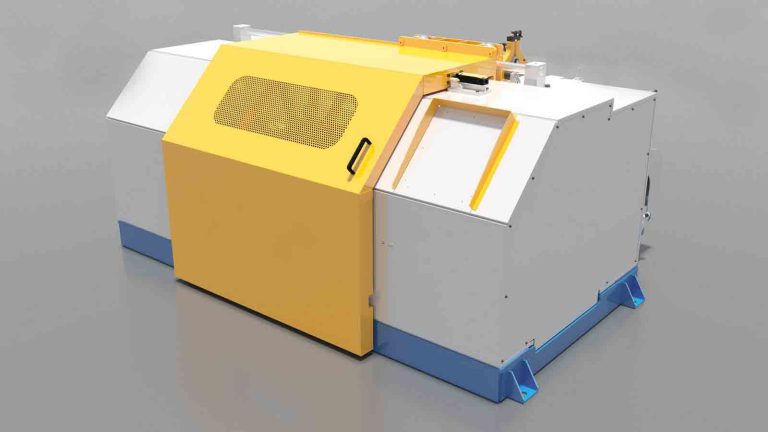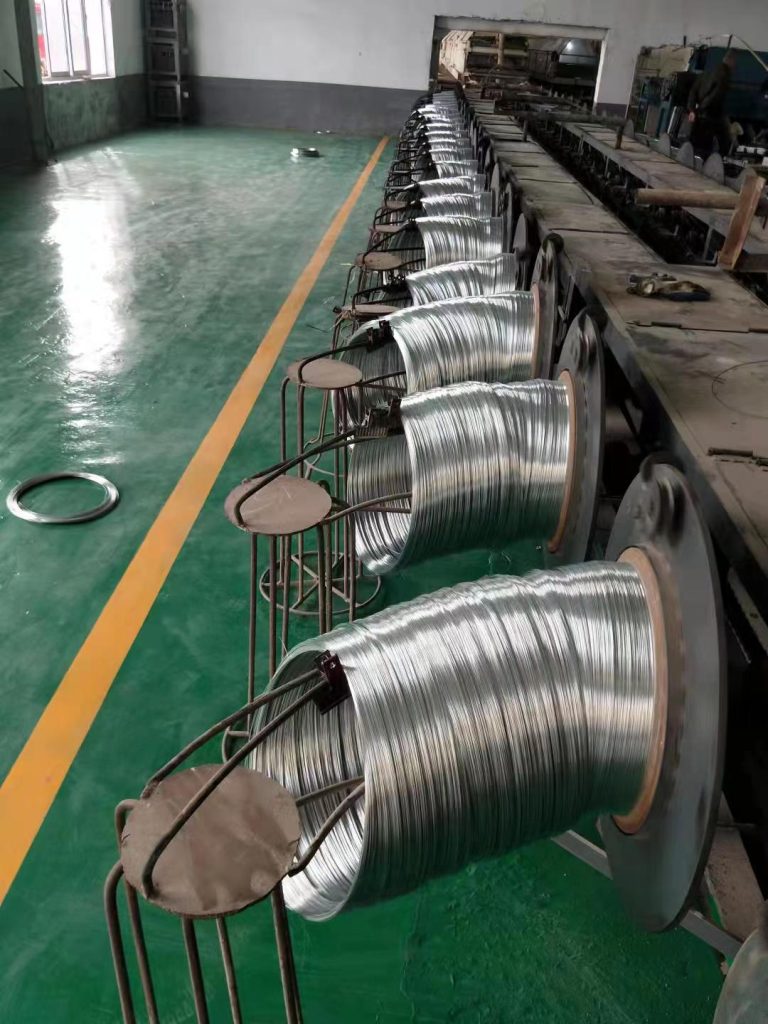How Reversed Bending Descaler Improves Efficiency And Quality In Wire Drawing
Wire drawing is a process used in various industries to reduce the diameter of a wire by pulling it through a series of dies. This process is essential for producing wires of different sizes and shapes that are used in a wide range of applications, from electrical wiring to fencing. One crucial step in the Wire Drawing Process is descaling, which involves removing any oxide or scale that may have formed on the surface of the wire during manufacturing.

Traditionally, descaling in wire drawing has been done using acid baths or mechanical descaling machines. However, these methods have their limitations. Acid baths can be harmful to the environment and require careful handling, while mechanical descaling machines can be time-consuming and may not always provide consistent results. This is where the reversed bending descaler comes in.
The Reversed Bending Descaler For Wire Drawing Prepration Process is a relatively new technology that has been gaining popularity in the wire drawing industry due to its efficiency and effectiveness in removing scale from wires. This descaling method involves passing the wire through a series of rollers that bend it in the opposite direction, causing the scale to crack and fall off. The wire is then passed through a cleaning solution to remove any remaining residue before being drawn through the dies.
One of the key advantages of the reversed bending descaler is its ability to descale wires quickly and effectively. The bending action of the rollers helps to break up the scale, making it easier to remove. This results in a cleaner surface finish on the wire, which is essential for ensuring the quality of the final product. Additionally, the reversed bending descaler can be easily integrated into existing wire drawing lines, making it a cost-effective solution for manufacturers looking to improve their descaling process.
Another benefit of the reversed bending descaler is its ability to reduce downtime in the wire drawing process. Traditional descaling methods often require frequent maintenance and cleaning, which can lead to production delays. In contrast, the reversed bending descaler is designed to be self-cleaning, minimizing the need for manual intervention. This allows manufacturers to run their wire drawing lines more efficiently and consistently, resulting in higher productivity and lower operating costs.
In addition to improving efficiency and quality, the reversed bending descaler also offers environmental benefits. Unlike acid baths, which can be harmful to the environment if not properly disposed of, the reversed bending descaler uses a water-based cleaning solution that is safe and eco-friendly. This makes it a more sustainable descaling option for manufacturers looking to reduce their environmental impact.
Overall, the reversed bending descaler is a versatile and effective tool for improving efficiency and quality in the wire drawing process. Its ability to quickly and effectively remove scale from wires, reduce downtime, and provide a cleaner surface finish makes it a valuable investment for manufacturers looking to enhance their descaling operations. With its environmental benefits and ease of integration, the reversed bending descaler is poised to become a standard descaling method in the wire drawing industry.

Step-By-Step Guide On Using Reversed Bending Descaler For Wire Drawing Preparation
Wire drawing is a process used in various industries to reduce the diameter of a wire by pulling it through a series of dies. This process is essential for producing wires of different sizes and shapes for applications such as electrical wiring, cables, and springs. However, before the wire can be drawn, it must undergo a preparation process to remove any impurities or scale that may be present on the surface.
One common method used for preparing the wire for drawing is the use of a reversed bending descaler. This tool is designed to remove scale and other contaminants from the wire surface by subjecting it to a series of reverse bends. The reversed bending descaler is an essential tool in the wire drawing process, as it helps to ensure that the wire is clean and free from any impurities that could affect the quality of the final product.
Using a reversed bending wire descaler machine for wire rod pre-treating process is a straightforward process, but it requires careful attention to detail to ensure that the wire is properly prepared for drawing. The first step in using a reversed bending descaler is to set up the machine according to the manufacturer’s instructions. This may involve adjusting the speed and tension settings to ensure that the wire is properly cleaned during the descaling process.
Once the machine is set up, the next step is to feed the wire through the descaler. The wire should be fed through the machine at a steady pace to ensure that it is properly cleaned. As the wire passes through the descaler, it will be subjected to a series of reverse bends that help to remove any scale or contaminants from the surface.

It is essential to monitor the descaling process carefully to ensure that the wire is properly cleaned. If any scale or contaminants are left on the wire surface, it can affect the quality of the final product. In some cases, it may be necessary to run the wire through the descaler multiple times to ensure that it is thoroughly cleaned.
Once the wire has been descaled, it is ready to be drawn through the dies to reduce its diameter. The descaling process is essential for ensuring that the wire is properly prepared for drawing and that the final product meets the required specifications.
In conclusion, using a reversed bending descaler is an essential step in the wire drawing preparation process. This tool helps to remove scale and contaminants from the wire surface, ensuring that the final product is of the highest quality. By following the steps outlined in this article, you can ensure that your wire is properly prepared for drawing and that the final product meets the required specifications.






